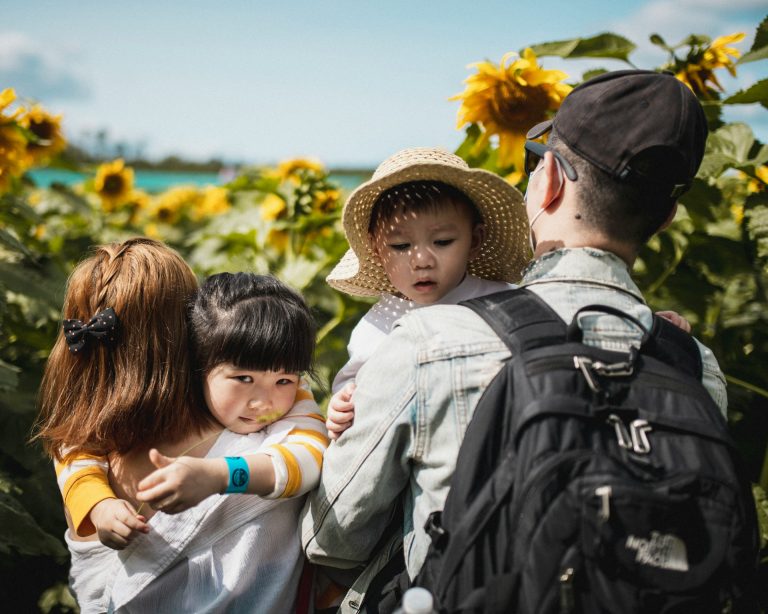From Beginner to Pro: A Child’s Dance Journey

Many children begin the journey into the world of dance with a single step—usually as a curious toddler twirling to their favorite song in the living room. The impulse to move, the enjoyment of music, and the ardor for learning new things are among the reasons why kids get attracted to dancing. Nevertheless, the path from a beginner to a professional dancer is a long and fulfilling one that calls for commitment, dedication, and support. Dance is a higher order of activity that carries various socialization elements with it more than just physical activity. It’s a way for kids to use for the acquisition of self-assurance, self-discipline, and creativity. By enrolling in a well-established program at a respected institution like the Fouetté Academy – best children’s dance studio in Vaughan since 2012, young dancers can grow and develop into skilled performers. Here’s a look at the stages of a child’s dance journey—from beginner to pro.
The First Steps: Discovering the Joy of Dance
Most children go to the first dance classes when they are approximately 2-3 years old, the period of time when they get their first experience of movement and rhythm. At this time, the majority of preschoolers are exposed to the first dance school lessons, which are mostly conducted in a fun and entertaining way. These institutions have preschool programs that involve kids in games that develop their motor skills, coordination, and rhythm. These classes are not so much about technique but trying to in still a love for motion and music.
At this stage, the kids start to find out how their bodies move in space, normally through activities that are playful like skipping and jumping and spinning and stretching, for example. They improve their ability to get from one point to another through obedience to dance instructions, make the big concepts more pertinent, and then become aware of themselves in space and time. Besides the entertainment factor, early dance classes help kids to develop important physical and mental skills that will eventually be the foundation for more complex dance techniques as they grow older.
Developing Technique and Building Confidence
As children progress to the next stage, kids start enhancing their basic skills. Around the ages of 5 to 7, children begin learning more structured classes, focusing on developing foundational dance techniques. This is the time when most dancers are pulled on their way to a specific style, whether it is ballet, jazz, tap, or hip-hop. At a reputable school like the Fouetté Academy of Dance, students start to receive more structured instruction with a clear emphasis on building technique.
In ballet, kids learn basic moves. Meanwhile jazz and hip-hop emphasize rhythm, isolations, and feeling the music. Young dancers are also encouraged to perform in shows and recitals. This experience helps them gain confidence on stage and express themselves in front of others.
At this stage, discipline starts to play a large role as well. As the students show a great interest in mastering the skill, they are taught the importance of practicing, perseverance, and attention to detail because they are crucial for good results. Dancing does not merely become a fun pastime but also a tool for practicing self-discipline and diligence, therefore, it is a great prelude for more advanced training.
Advancing to Professional Training
Once kids are 8-10 years old, they usually become more devoted and involved in dancing, and they would have mastered the technique of dancing significantly more effectively. During that time they could start taking more than one class a week, such as training in particular dance styles. Some of the most outstanding schools mostly give hobby courses to those who are ready for a higher level of training.
Kids who love dancing might now build up their skills for contests. They might also start to train in multiple dance styles to diversify their skills. They go beyond just learning to dance and start to refine their moves. For those considering a professional career in dance, this stage often includes pre-professional training. They use more seasoned teachers and professional choreographers.
The Road to Professional Dance: High-Level Training
For some children, the passion for dance continues to grow, leading them to pursue professional-level training. This stage is characterized by intensive daily practice, often with the goal of auditioning for dance companies, joining competitive dance teams, or entering dance conservatories or universities with specialized dance programs.
A respected dance academy offers advanced training programs that prepare dancers for the rigors of professional dance. At this level, students focus on perfecting their technique, developing artistic expression, and learning how to maintain peak physical condition. They also learn the business side of dance, including auditioning, networking, and understanding the demands of a professional dance career.
Professional training at a higher level is a set of technique classes, private coaching, and performance opportunities. Being a dancer who wants to consign to the dance world would attend the competitions, audition for dance companies, and if needed perform in theatre productions, television, or movies. This point is where dancer strength and new attitudes are needed, sparkles of new increased workloads along with the same hunger for dance excitement continuously establishing.






